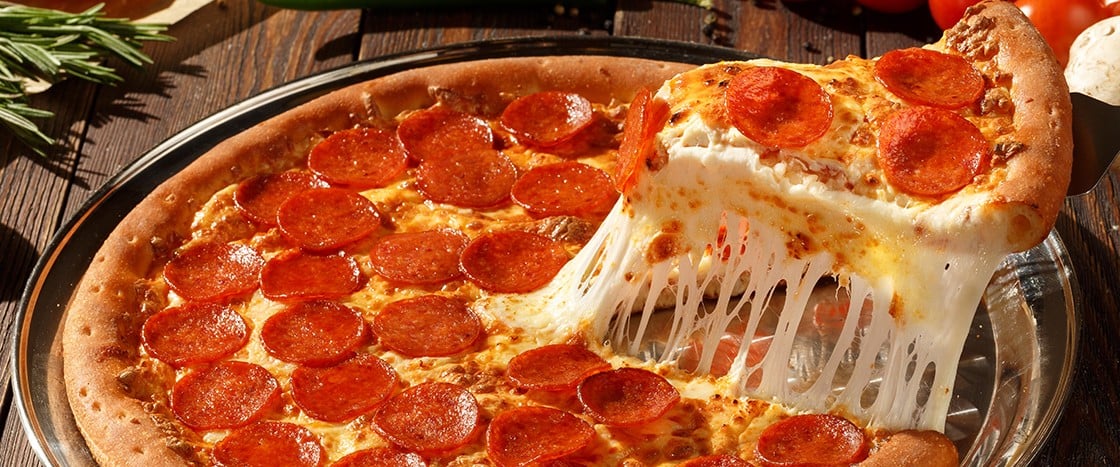America was in crisis. Millions of people didn’t have jobs. It was the early 1930s, and the United States was in the midst of one of its darkest times: the Great Depression.
In New York City, Frank Mastro wanted to help. His community—mostly recent immigrants from Italy—had been hit hard. Many families were struggling to put food on the table. Mastro, who made his living selling restaurant supplies, wanted to do something for them.
But what?
And then it came to him.
Pizza!
America was in crisis. Millions of people had no jobs. It was the early 1930s, and the United States was in the middle of the Great Depression.
In New York City, Frank Mastro wanted to help. His community—mostly recent immigrants from Italy— had been hit hard. Many families were struggling to put food on the table. Mastro, who worked selling restaurant supplies, wanted to do something for them.
But what?
And then the answer came to him.
Pizza!


